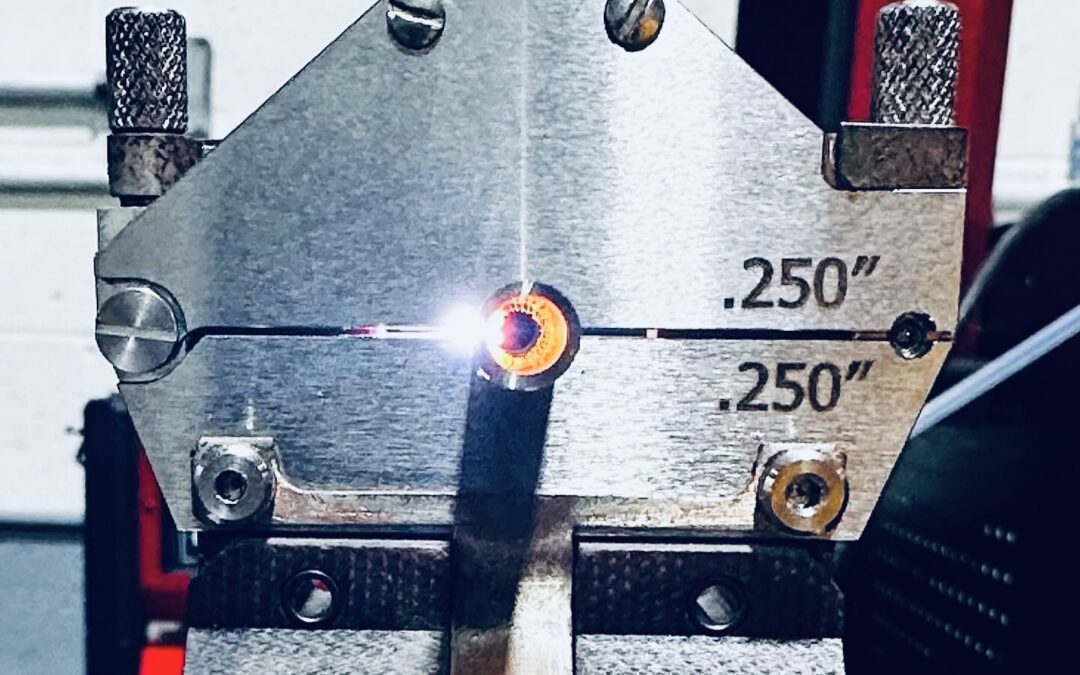Future Trends in Orbital Welding
The field of orbital welding is evolving with advancements in technology, materials science, and automation. As industries demand higher precision, efficiency, and quality in welding processes, several future trends are emerging in orbital welding. Here are some key trends to watch:
1. Increased Automation and Robotics
- Trend: The integration of advanced robotics and automation systems is expected to become more prevalent in orbital welding processes.
- Impact: Automated welding systems can perform consistent, high-quality welds with minimal human intervention, improving efficiency and reducing labor costs. Additionally, robots can handle more complex geometries and configurations.
2. Enhanced Monitoring and Control Systems
- Trend: The use of advanced sensors and monitoring technologies is increasing, allowing for real-time feedback on welding parameters.
- Impact: Enhanced monitoring systems can improve quality control by detecting anomalies during the welding process, enabling immediate adjustments and ensuring compliance with strict industry standards.
3. Integration of Artificial Intelligence (AI) and Machine Learning
- Trend: AI and machine learning algorithms are being developed to optimize welding parameters and predict outcomes based on historical data.
- Impact: These technologies can analyze large datasets to identify optimal welding conditions, reduce trial-and-error efforts, and improve overall process efficiency and quality.
4. Development of Advanced Welding Materials
- Trend: The ongoing development of new alloys and composite materials will require adaptable welding techniques.
- Impact: As industries explore advanced materials for their specific applications (such as lightweight composites in aerospace), orbital welding technologies will need to evolve to accommodate these new materials.
5. Focus on Sustainability and Energy Efficiency
- Trend: There is a growing emphasis on sustainable manufacturing practices, including energy-efficient welding processes.
- Impact: Manufacturers are seeking ways to minimize energy consumption and reduce waste, leading to the development of more eco-friendly welding techniques and processes.
6. Improved Software and Simulation Tools
- Trend: Advanced simulation software is being developed to model the welding process and predict weld quality before actual welding takes place.
- Impact: Such tools can help engineers design better welds, optimize parameters, and reduce the need for physical prototypes, leading to cost savings and improved efficiency.
7. Emergence of Smart Welding Equipment
- Trend: The adoption of smart welding equipment that connects to the Internet of Things (IoT) for data collection and analysis is increasing.
- Impact: Smart equipment can provide insights into the welding process, enable remote monitoring, and facilitate predictive maintenance, thereby enhancing overall operational efficiency.
8. Customization and Flexibility in Welding Systems
- Trend: As industries shift towards more customized and small-batch production, orbital welding systems are being designed to be more flexible and adaptable.
- Impact: This allows manufacturers to quickly adjust setups for different projects without extensive downtime, catering to diverse production needs.
9. Greater Emphasis on Training and Skill Development
- Trend: As technology evolves, there is a growing need for training programs to ensure that personnel are skilled in the latest orbital welding technologies.
- Impact: Companies will invest in ongoing training and development to maintain a workforce capable of operating and maintaining advanced welding systems effectively.
10. Expansion into New Industries
- Trend: Orbital welding is finding applications in emerging industries such as renewable energy, electric vehicles, and advanced manufacturing.
- Impact: As these industries grow, they will create new opportunities for orbital welding, particularly in areas requiring high precision and reliability, such as battery manufacturing and solar panel production.
Conclusion
The future of orbital welding is poised for significant advancements driven by technology, automation, and a focus on quality and sustainability. As industries continue to evolve and embrace new materials and processes, orbital welding will adapt to meet these changing demands, ensuring its relevance and importance in modern manufacturing.

